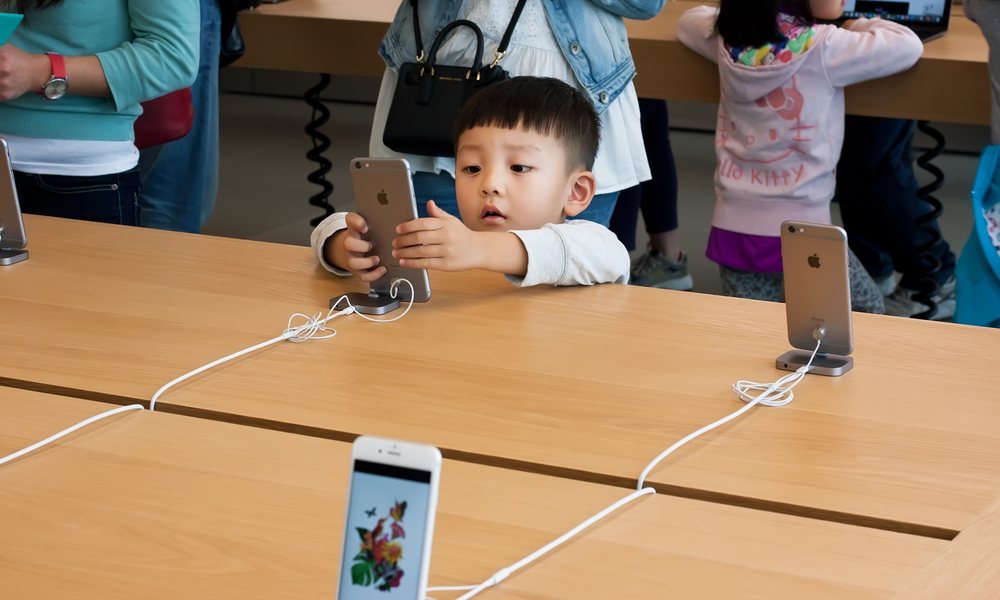iPhone XS Models Get Massive Price Drops in China
 Credit: Viktoria Roy / Shutterstock
Credit: Viktoria Roy / Shutterstock
Toggle Dark Mode
It’s no secret that Apple has been struggling with sales of its latest iPhone models in China, the country that was previously one of the company’s biggest markets. While the slow-down in Chinese sales isn’t unique to the iPhone — most manufacturers have reported flagging sales in that country, particularly in the case of higher-end smartphones — Apple and its retail and carrier partners in that country have been making some short-term efforts to turn the tide.
According to Reuters, in the latest move Chinese online retailers are now offering even more discounts that include all current iPhone models. While this is the second time this year that lower iPhone prices have been offered in Greater China, this is the first time that discounts are applying to the entire lineup — even Apple’s flagship iPhone XS and iPhone XS Max models.
In January, several retailers had reduced prices on Apple’s other iPhone 7- and 8-series models, along with the current iPhone XR, but the two higher-end XS versions were excluded from that round of price cuts. Now, gadget retailers such as Suning and Pinduoduo are slashing iPhone XS prices by as much as 1,000 yuan (approx. $150 USD), while online retail giant JD.com is selling the iPhone XS Max for as much as 1,700 yuan less (approx. $250 USD).
Apple’s Big Trouble in China
After Apple first dove into the Chinese market several years ago, the company boasted increasing sales and a strong presence for its iPhone in that country for a long time. This all changed in 2018, however, when slowing growth in the Chinese market combined with Apple’s higher-priced iPhones to drive sales into a huge slump in that country — a problem serious enough to lead Apple into releasing its first revenue guidance in 15 years — advising investors that it would be missing its projected quarterly targets due to “lower than anticipated iPhone revenue, primarily in Greater China.”
It became pretty apparent after this early January release that Apple is in fact suddenly struggling in the Chinese market. This is believed to be primarily due to the extremely high price tag of its flagship iPhone XS and iPhone XS Max models — more than a month’s salary for most of China’s working class. Even the entry-level iPhone XR — which many suggested would be a big hit in China — came in at a higher price tag than both prior iPhone models and most equivalent competitors.
Meanwhile, a slew of new mid-range smartphone models from competitors like Huawei have been attracting more budget-minded consumers, especially as the Chinese economy faces a bit of its own lull. In fact, Huawei was one of the only companies to see a significant increase last quarter, likely due to its strong focus on less expensive smartphones. While Apple’s iPhone XR sold for 6,499 yuan (approx. $970), competing models that offered similar features could be purchased for between 4,000 yuan and 5,000 yuan (approx $600 – $750).
How is Apple trying to solve this?
While Apple is almost certainly thinking about longer-term ways to help the iPhone brand succeed in China, there are several moves the company is taking in the short term. Discounts such as today’s are obviously a big step toward what Apple and its partners hope will make its flagship iPhones more accessible to Chinese consumers, and last month Apple and Alipay announced a significant partnership to provide financing for its latest iPhones via the Chinese mobile payment network that’s extremely popular with the younger and more tech-savvy crowd.
Rumours also appeared last month that Apple may be planning to release a “China Red” iPhone XS that would be exclusive to that country, at least initially, in the hopes of boosting sales by offering some unique cachet to its flagship iPhone for Chinese users. Analysts have suggested that Apple should also consider designing a special iPhone model targeted at the Chinese market, and although it’s unclear whether Apple will actually go that far, it’s clearly shown a willingness to adopt specific features for the Chinese market in the past, such as physical Dual-SIM support and the gold color option.
However, many analysts also suggest that Apple’s problems in China aren’t entirely Apple’s fault, although the changing economic and consumer preferences mean that Apple may have to put a stronger focus on ensuring that the iPhone remains relevant — and affordable — in Greater China.






